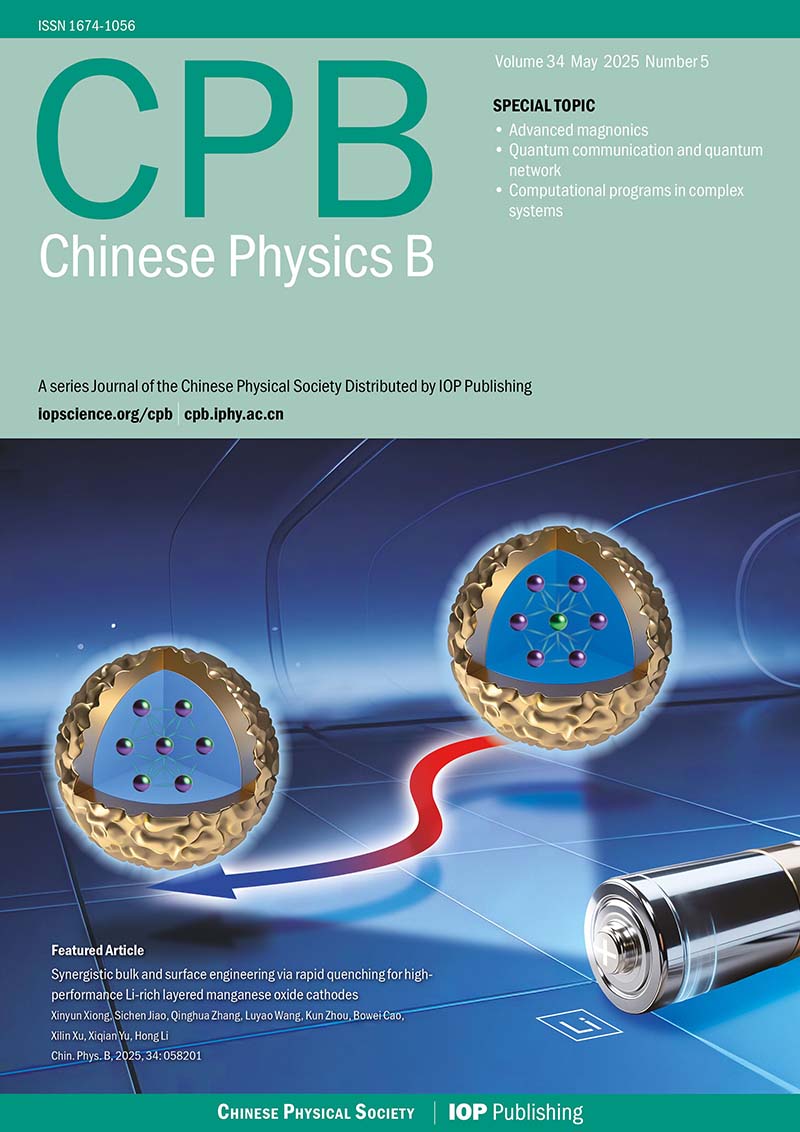Quantum Boltzmann equation solved by Monte Carlo method for nano-scale semiconductor devices simulation
- Available Online: 30/01/2006
-
Key words:
- quantum mechanical effect /
- Monte Carlo method /
- semiconductor device /
- carrier transport
Abstract: A two-dimensional (2D) full band self-consistent ensemble Monte Carlo (MC) method for solving the quantum Boltzmann equation, including collision broadening and quantum potential corrections, is developed to extend the MC method to the study of nano-scale semiconductor devices with obvious quantum mechanical (QM) effects. The quantum effects both in real space and momentum space in nano-scale semiconductor devices can be simulated. The effective mobility in the inversion layer of n and p channel MOSFET is simulated and compared with experimental data to verify this method. With this method 50nm ultra thin body silicon on insulator MOSFET are simulated. Results indicate that this method can be used to simulate the 2D QM effects in semiconductor devices including tunnelling effect.

 首页
首页 登录
登录 注册
注册






 DownLoad:
DownLoad: